Seeing New Zealand by car
AUCKLAND — The raw, untamed forces of nature. Droplets of dew that have frozen overnight, hanging under leaves and glistening in the morning sun. The crack of ice as I step on a frozen puddle. Hiking on a majestic glacier. These are just some of the fondest memories I have from my road trip in New Zealand.
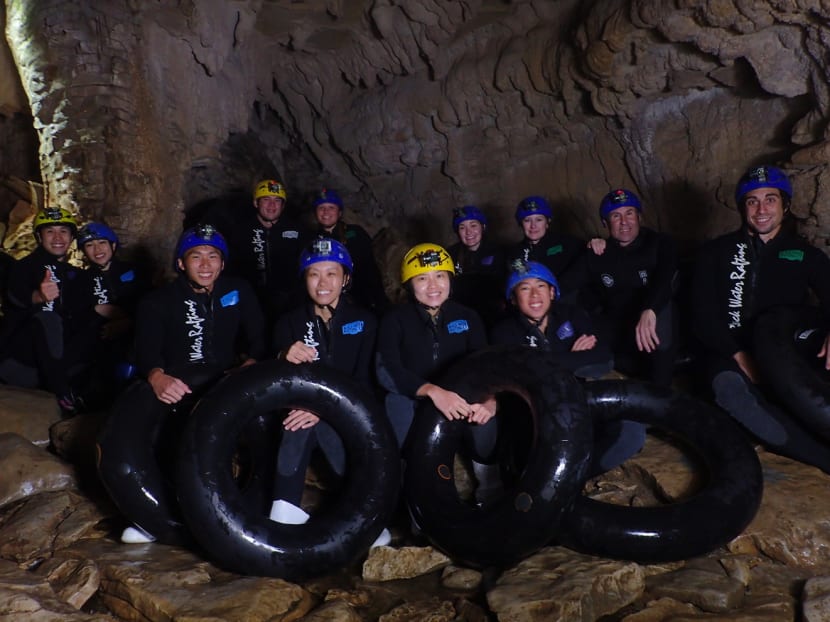
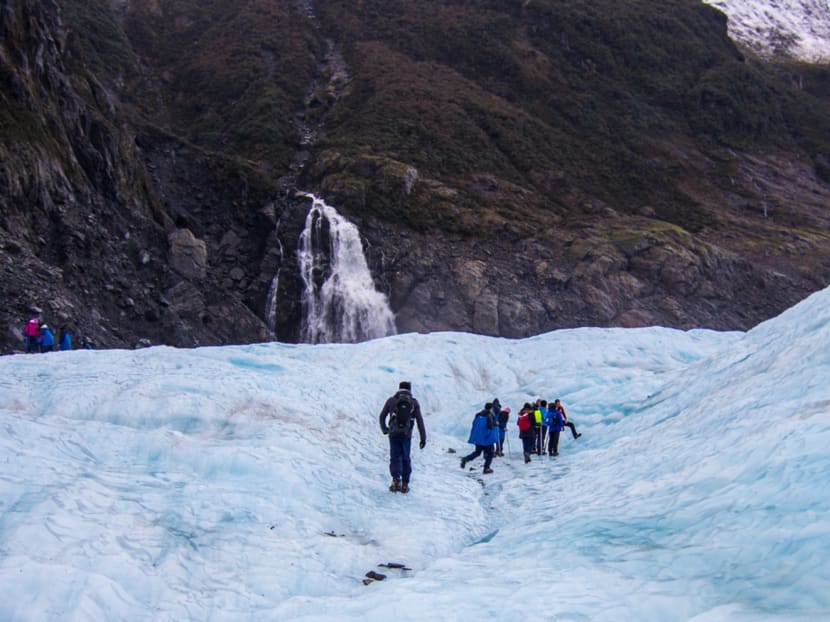
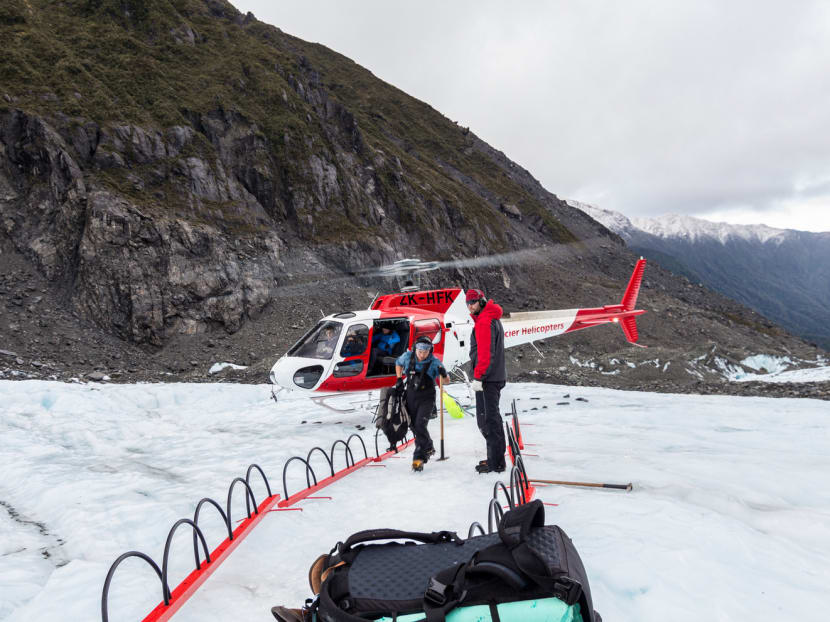
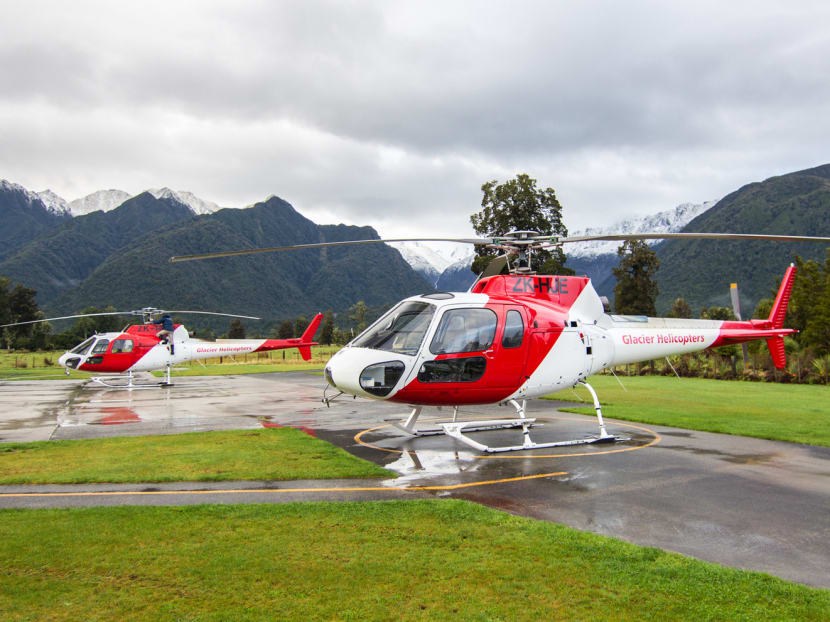
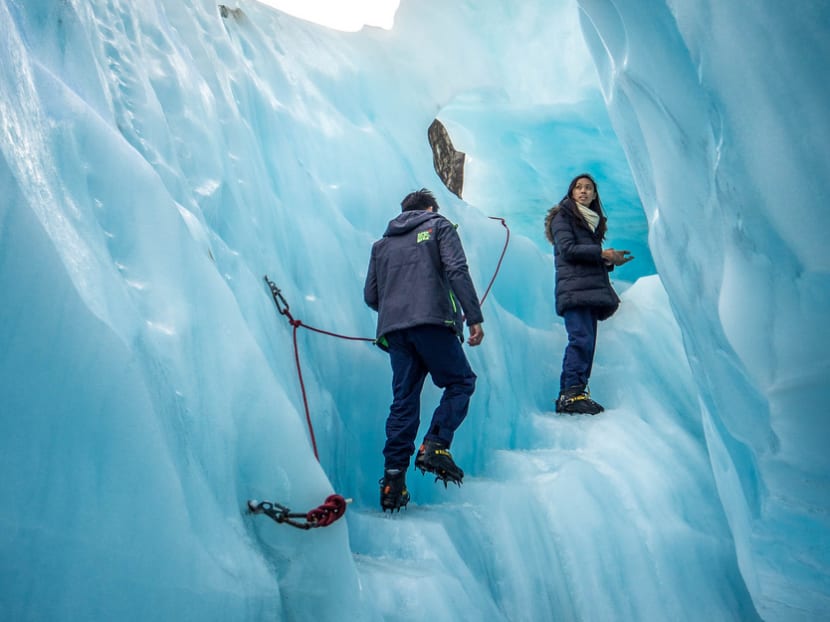
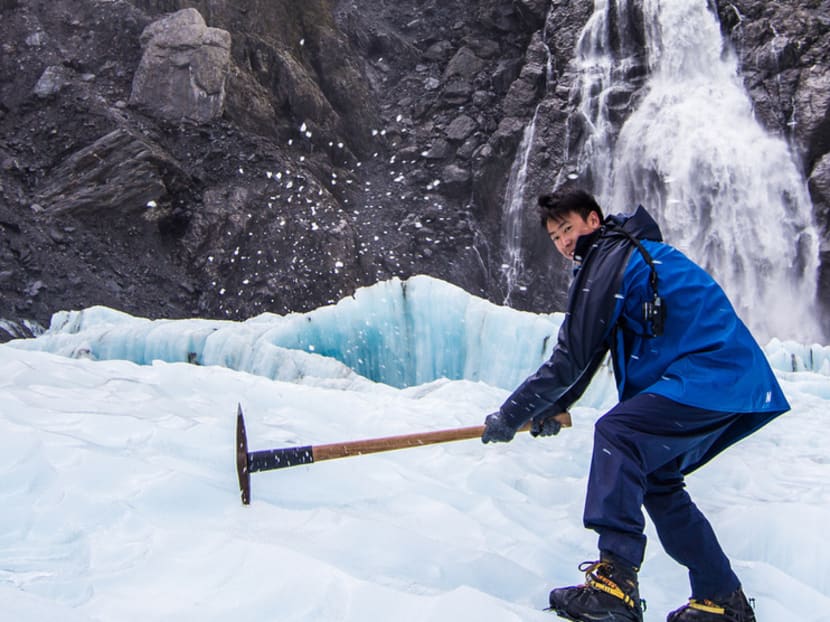
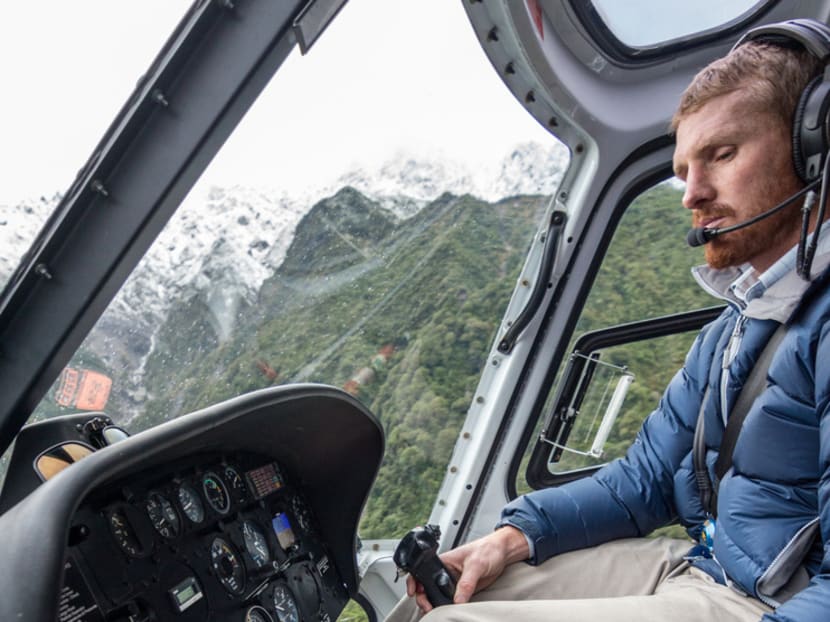
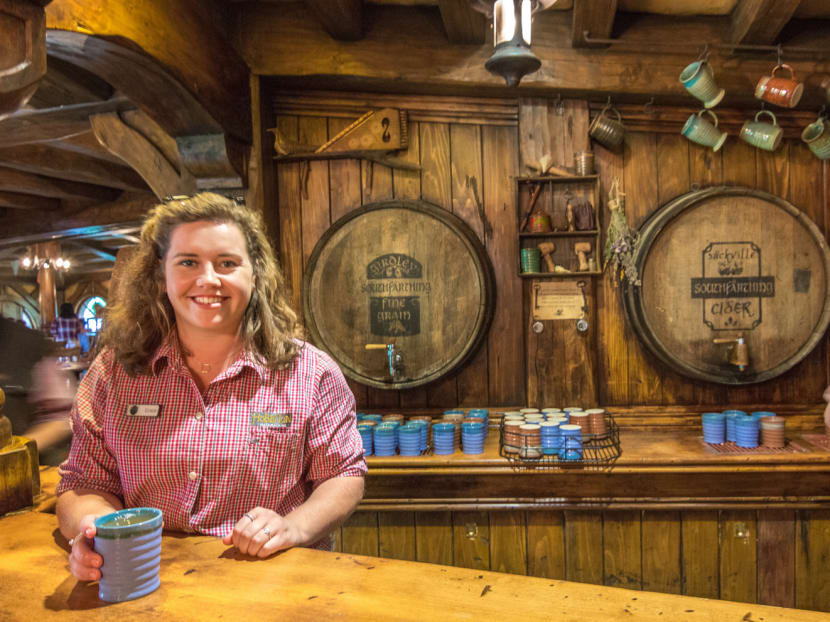
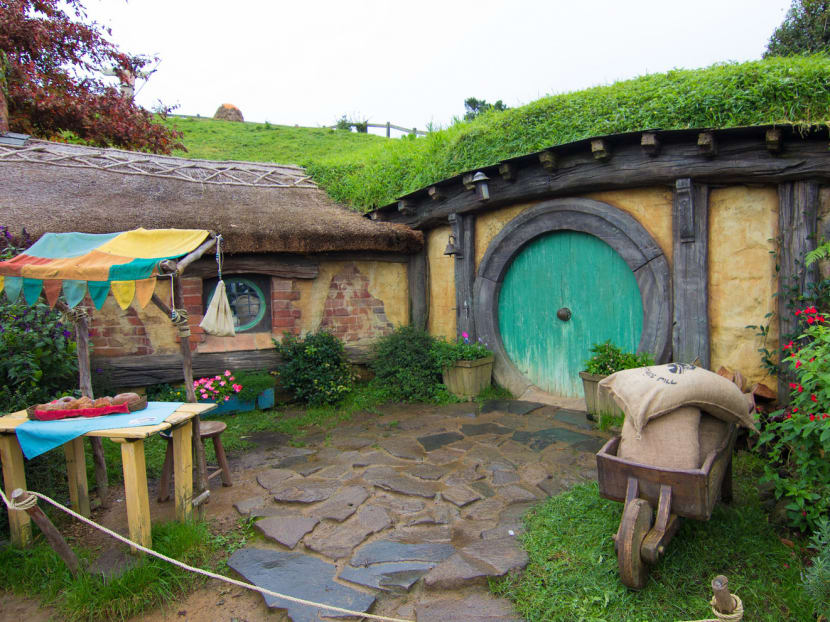
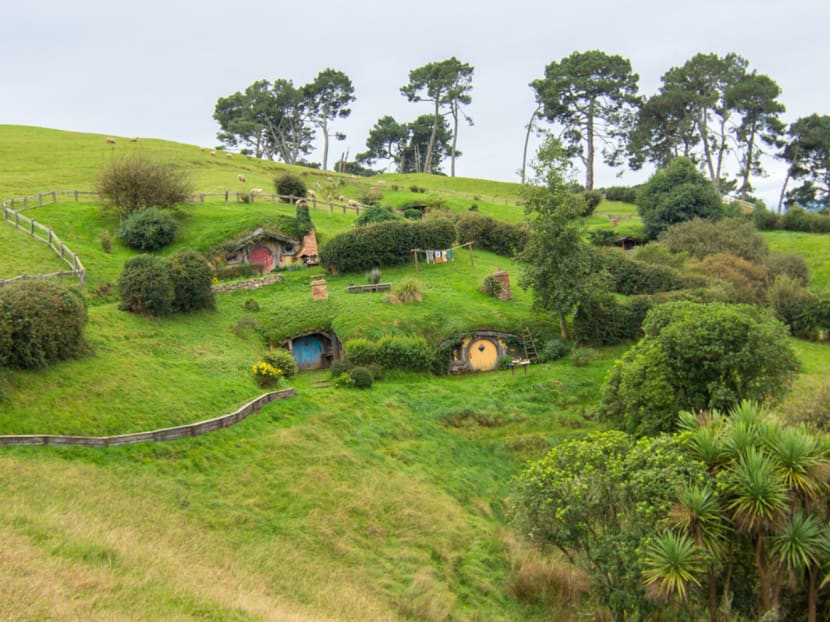
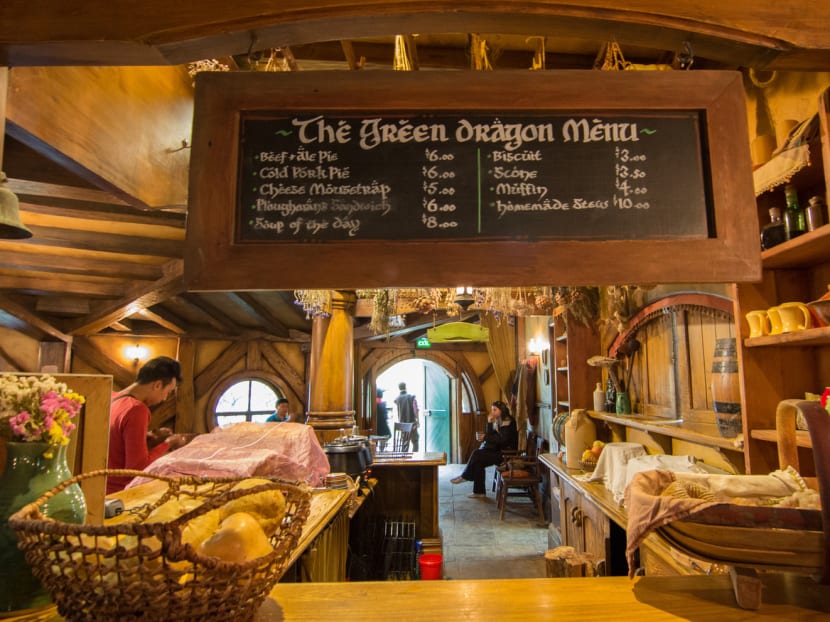
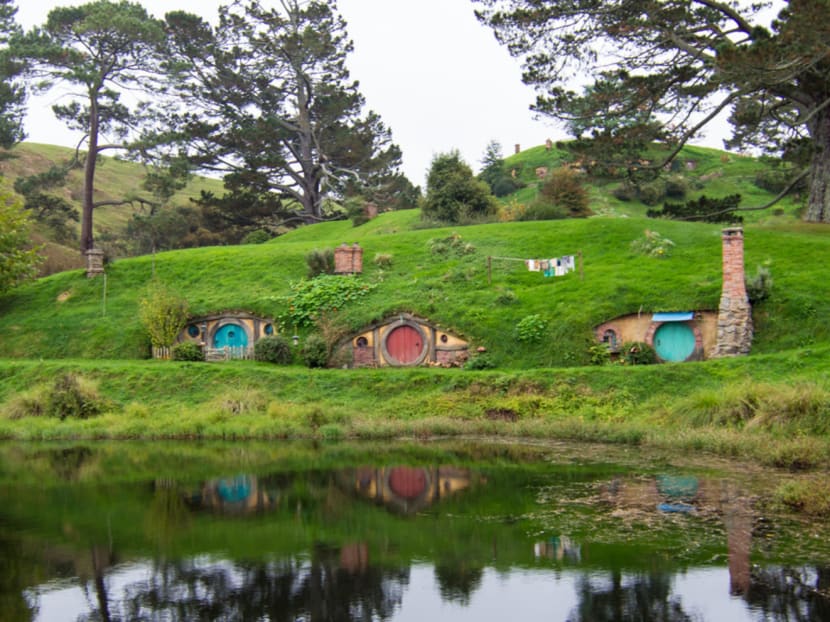
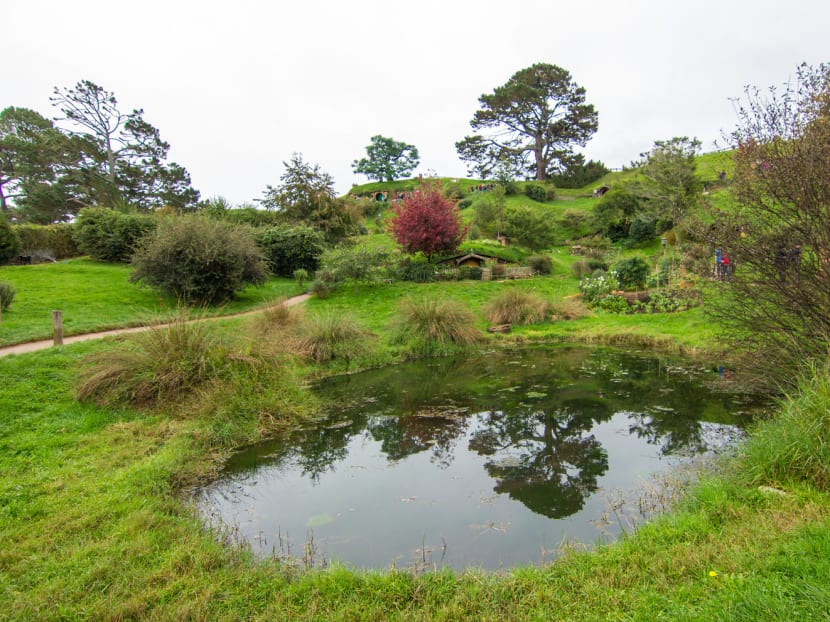
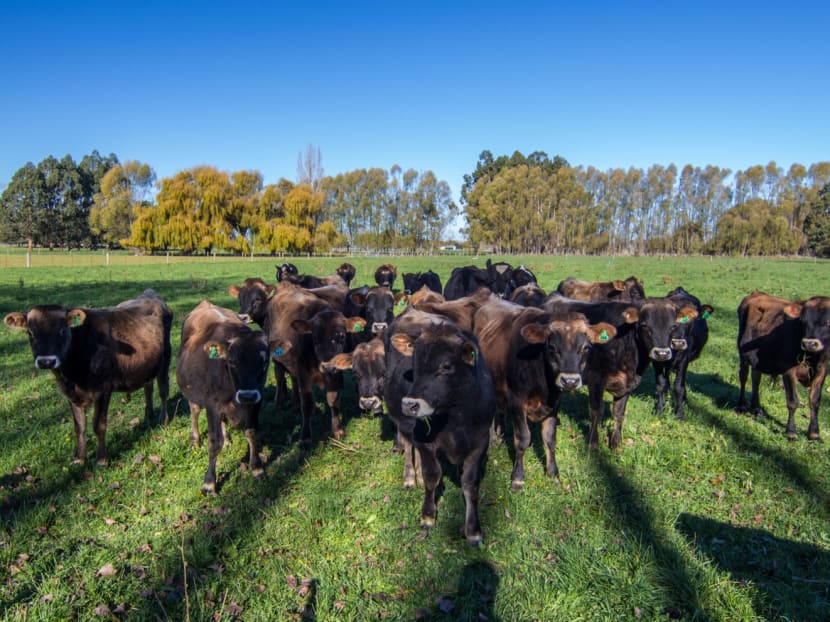
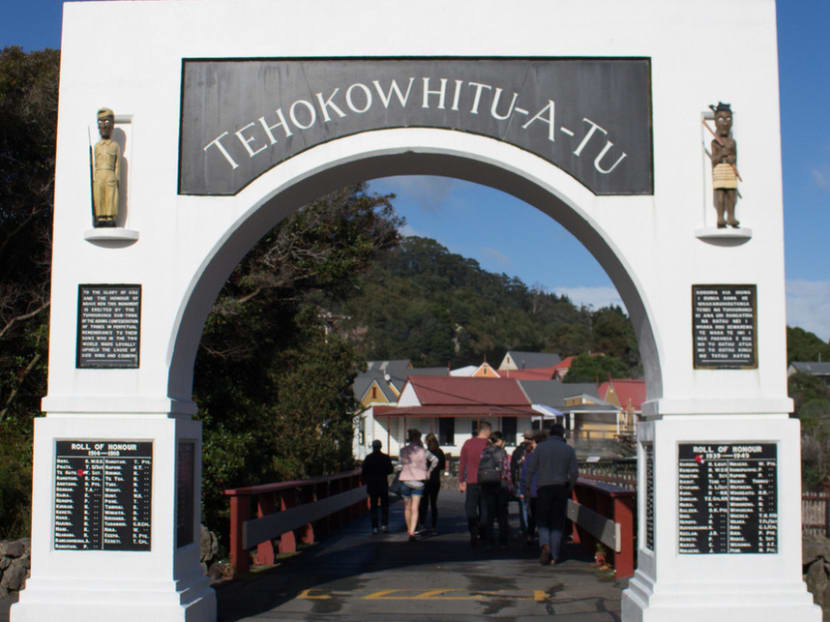
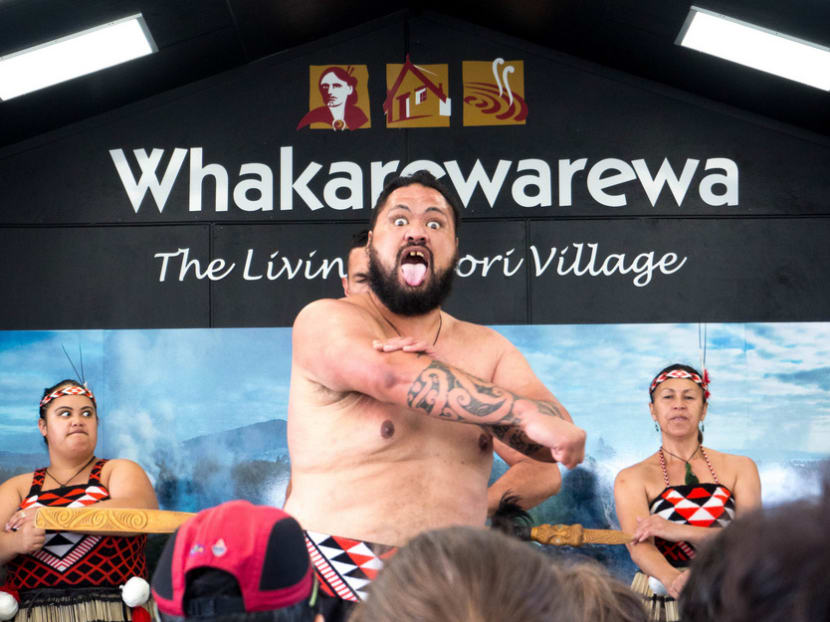
AUCKLAND — The raw, untamed forces of nature. Droplets of dew that have frozen overnight, hanging under leaves and glistening in the morning sun. The crack of ice as I step on a frozen puddle. Hiking on a majestic glacier. These are just some of the fondest memories I have from my road trip in New Zealand.
Visiting New Zealand had always been something of a fantasy to me, as it can be a costly endeavour. Flights on a full-service airline from Singapore to New Zealand usually cost over S$1,000. For some, such a price alone may be prohibitive, considering that the airfare is but a single component of one’s holiday expenditure.
But travelling to New Zealand for less is possible, as I found out. Budget flights to Auckland can cost as little as under S$400 (one-way) from Singapore during off-peak periods, while renting a campervan for a road trip can be cheaper than a car. For example, during my trip there in May, the rental cost of a campervan for 10 days was S$500 total, shared with my three travel companions. Renting a campervan also meant substantial savings from accommodation and food, since we were living, cooking and sleeping in the van itself.
As with all road trips, there will be challenges. The distance between rest stops, the weather conditions and time are important factors, especially if you are on a strict schedule. During my trip, in May, the days were shorter and the nights longer as winter was approaching. That left us with limited driving hours, since most of the roads are not very well lit at night. That aside, New Zealand is a vast country with a low population density. It was an absolute pleasure being the only vehicle around, without a soul in sight, for miles — except for the sheep grazing on the green pastures in the distance.
CLOUDY WITH A CHANCE OF SNOW
The skies in New Zealand tend to be cloudy in May, but after a storm, they are some of the most beautiful sights I have ever encountered. We saw the first rays of sunlight burst through the thick, gloomy clouds, fighting their way to Earth and illuminating everything in their path. At moments like these, we scrambled to set up our picnic tables and chairs outdoors, seizing the chance to soak in the sun.
As we were cruising up the higher altitudes of Mount Cook, I was deep in my midday slumber when I was awoken by my travel companions’ squeals. I looked out of the window, groggy with sleep, and asked: “Why is the fog so thick? Where are we?” I saw a sheet of white. Then, it struck me — it was snowing! We had not expected snow, since May is still technically autumn. It was a nice surprise.
NEW SIGHTS AT EVERY TURN
Driving in New Zealand is highly recommended for you to fully explore the islands. The terrain you drive on changes at every bend. We could be driving between grasslands one moment, and alongside cliffs the next. Yesterday, you could have been driving through a thick forest canopy, and the next day, you might be motoring beside a large lake. You could also find yourself driving towards rainbows, or meeting a herd of cows that greets your presence.
VARIOUS FOOD OPTIONS
We cooked most of our own meals in our campervan while on the road. We made several pit stops along the way to stock up on food and snacks. Soon enough, Pak’n’Save had become our favourite supermarket. You can find all sorts of food at this large chain. Whenever possible, we stocked up on at least three days’ worth of food, because the smaller towns tended to offer only the bare necessities, and were often also pricier.
We did, however, also take every opportunity to indulge in the local fare when we stopped at towns. There is a certain relief that comes from being in a town — civilisation and the presence of comfort food. Imagine the excitement we felt when we found the famous Queenstown burger joint, Fergburger! Even a burger was an indulgence — anything that was different from our regular diet of instant noodles, pasta or trail snacks were a welcome treat.
Eating out in New Zealand can be expensive. Regular meals at restaurants cost upwards of S$15. The cheapest meals are usually found at fast food outlets, and they cost about S$5 and up. A McDonald’s Sausage Egg McMuffin costs S$5, and so does a Subway Meatball sandwich. Alternatively, kebabs will cost you around S$10. Everything else — food markets included — can range from S$10-S$20.=
WHAT TO SEE AND DO
Visiting Hobbiton, the film set of the Hobbit movies by Peter Jackson, hiking on a glacier, bungee jumping and skydiving are some of the must-do activities in New Zealand. As an adventurous spirit, these were at the top of my New Zealand bucket list.
HOBBITON
In September 1998, film-maker Sir Peter Jackson “discovered” the Alexander farm near Matamata during an aerial search for filming sites for the Lord of the Rings movies. Construction of the site began in March 1999.
When the site was rebuilt for the Hobbit movie trilogy in 2009, the structures were made permanent. For instance, the oak tree that overlooks Bag End is made of artificial leaves brought in from Taiwan and wired onto the tree. The rest of the tree is made out of steel and silicone.
There are 39 hobbit holes at the site today. Painstaking efforts have been made to recreate the entire setting of this Hobbit town, including the cups, the seats, and the fireplace. Staff members at the tourist attraction also wear uniforms that resemble the clothing of Hobbits.
While doing the walking tour, I could imagine snippets of the movie being filmed there. The Hobbiton movie set is a glorious place to be in, with its lush green grass, perfectly manicured gardens, and Hobbit holes interspersed between. Almost 100 gardeners are on site daily to care for the gardens.
Today, the set is maintained to keep the magic of the movies alive, and it can be felt by anyone stepping on this land.
The Hobbiton tour includes walking through attractions such as the Party Tree; the Party Field; lead character Bilbo Baggins’ home, Bag End; the Watermill; and finally finishing at The Green Dragon (a cafe in the movies), where a complimentary cider is served.
FOX GLACIER
If the idea of sitting in a helicopter and walking on ice does not keep you on the edge of your seat, what will?
After a weather check, our tour was confirmed to proceed. We headed to a shed to equip ourselves with waterproof jacket and pants, hiking boots and socks. We were then taken to a helicopter landing zone for a four-minute helicopter ride up to Fox Glacier. It was a moving experience for me, being so close to Mother Nature from a vantage point. I felt like I was in my own space capsule.
Over the course of the nearly three-hour tour, we went through, over, under, on and between the different ice formations at Fox Glacier. We drank from little pools of pure ice water. We watched ice melt and flow down the neve (refrozen snow). We climbed up and down the deep pockets of ice structures. If we kept still, we could even hear faint echoes from blocks of ice tipping into the deep, hollow spaces.
The icebergs are ever-changing. What you see now would differ in summer, and again change next winter. And because of global warming, the ice is melting rapidly. I learned a lot about the forces of nature through this tour, much more than any geography textbook has taught me.
MAORI TOUR
At Whakarewarewa, there are guided tours and cultural performances daily where visitors can learn about the traditional Maori people’s culture and customs, including carving, weaving, kapa haka (group performance), whaikorero (oratorical performances) and moko (tattoo).
Upon arrival, the Maori people would first greet their guests with a hongi — the ceremonial rubbing of noses. A distinct feature of the Maori performance is their enlarged eyes and showing of their tongues, which is an expression to scare off evil spirits. The flexed muscles and guttural sounds they make are part of the haka (war dance) to intimidate these spirits.
BLACKWATER RAFTING
Waitomo in New Zealand is known for blackwater (cave) rafting, and it was also on our to-do list. Putting on a wetsuit, quite frankly, had to be the most challenging part of this adventure. The suit was thick and heavy, and took me a long time to put on.
Since the water in the cave does not get the sunlight, the water temperature is approximately 10 degrees. As we went blackwater rafting in winter, the waters were even colder. I marvel at the guides for being able to go through the blackwater rafting tours in the frigid waters not once, but many times a day.
We were first taken to a small stream to familiarise ourselves with our tubes, and jumped into the water with them to prepare ourselves for the real action in pitch darkness.
A large part of blackwater rafting involves balancing on rocks, as we made our way through the cave in total darkness, crawling under low-clearance spaces, and jumping backwards with our tubes down mini waterfalls. The highlight of the dark and moist cave was watching glow worms illuminate the entire area.
We were famished by the end of our session. The blackwater rafting tour, which took three hours, concluded with a long, hot shower, and hot soup and bagels.
I loved every minute of it.
TRANSPORT
Flight (Singapore to Auckland, Christchurch to Singapore): ~S$800 (Singapore Airlines and Air New Zealand operate direct flights to Auckland and Christchurch)
Campervan rental (10 days): S$500
Petrol (272L, 1,623km): ~S$550
Accommodation
Hostel: ~S$22 per night
Camp sites (for parking our vehicles): ~S$20
Tours
Hobbiton: S$77
Blackwater rafting: S$135
Maori tour: S$34
Zorb: S$48
Spa: S$26
Wai-o-tapu Thermal Wonderland: S$31
Fox Glacier: S$416
Milford Sound: S$9





